
The Bull Case for Helium in 2024 📈
We know it’s been a while since many of you have thought about Helium so we wanted to give you a quick update on what’s

Helium is an IoT (Internet of Things) network built on blockchain technology. Hundreds of thousands of Hotspots span the globe in order to provide coverage and earn HNT for their efforts. HNT is rewarded or “mined” through a process that validates location and connections (proof of coverage), unlike most PoW (Proof of Work) cryptocurrency mining which rewards people for using expensive hardware to validate a consensus by solving equations in order to prevent gaming of the system.
Proof of coverage on the Helium network verifies that Hotspots are in the locations they claim to be in and that they are providing the coverage that they report.
This article is part one of eight in our Master Guide to Helium Mining, click the link to learn all about the best strategies to maximize your HNT rewards.
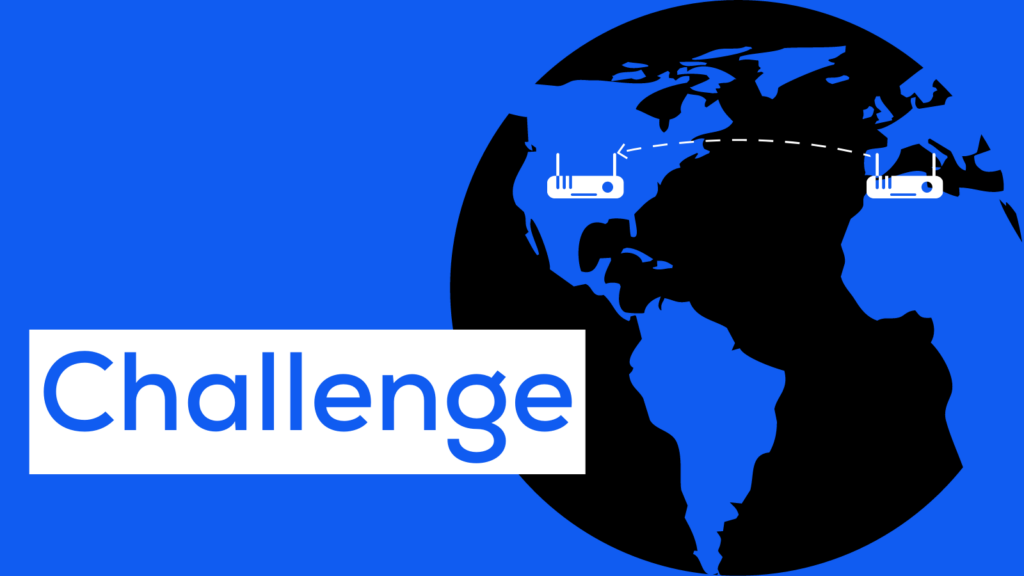
Hotspots will construct challenges approximately every 240 blocks, these challenges are sent from one Hotspot to another and starts the proof of coverage process.
Once a Hotspot is challenged, it will send out a beacon using radio frequencies via the attached antenna.
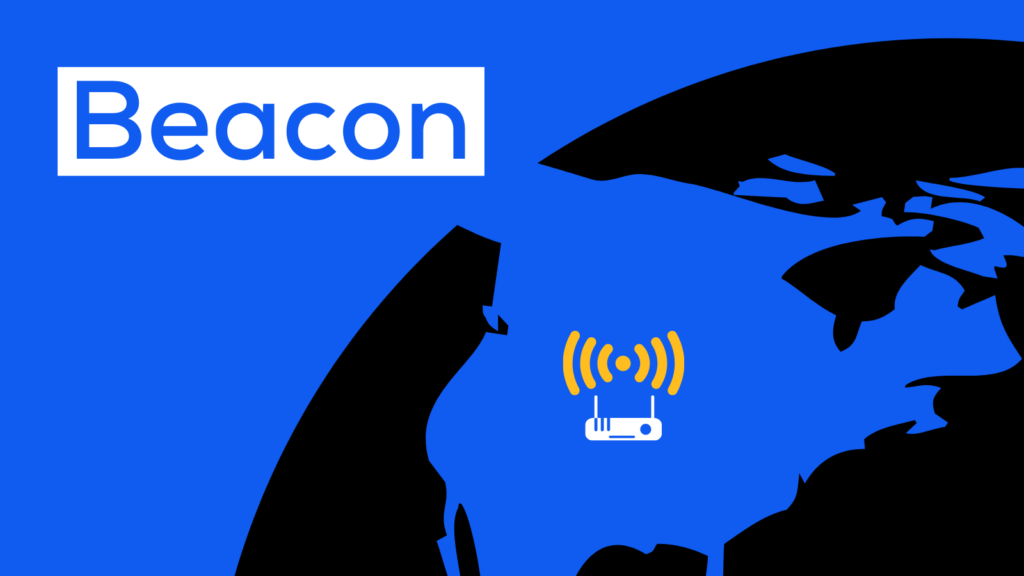
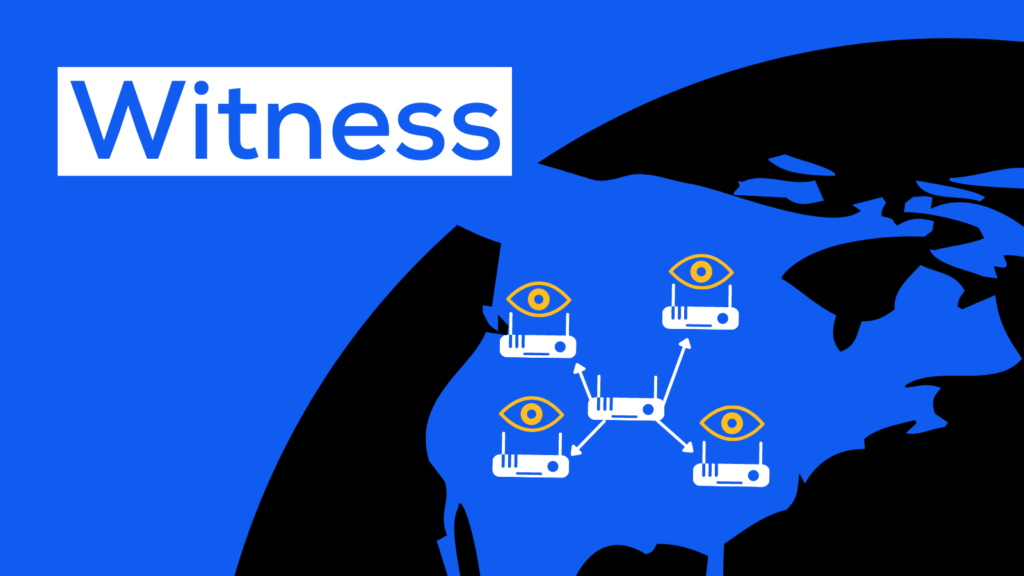
After the proof of coverage reports have been generated and received, it’s up to validators to verify the report and keep the blockchain moving.
Helium utilizes several methods that reward Hotspots for proof of coverage. Rewards are given for challenging (3.5%), beaconing (19.3%), and witnessing (77.2%).
Looking at Hotspots on the explorer, there is a transmit scale associated with each device.
This transmit scale is a percentage of rewards that are sent out with every beacon. It ranges from 0.01 to 1.0. This scale is influenced by how many Hotspots are in close proximity, thus devaluing the transmit scale of Hotspots that don’t provide new and valuable data.
Keep in mind, the transmit scale of your Hotspot does not affect your earnings, it merely represents potential earnings from your Hotspot to others who witness your beacons. It is advised to keep this in mind when looking for a location for your Hotspot, as some locations are so saturated that even though you might get a thousand witnesses, they could all have low transmit scales, and thus your rewards will be sub-par. This is one of the most misunderstood elements in Helium mining.
Next up: How to Pick a Helium Hotspot

We know it’s been a while since many of you have thought about Helium so we wanted to give you a quick update on what’s

You used the Helium Coverage Planner to find the best location, azimuth, height, and elevation to maximize your 5G coverage and rewards. You ordered your
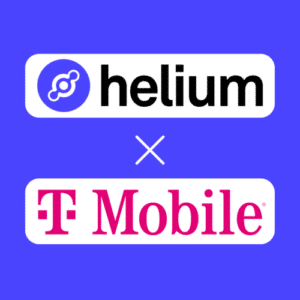
Helium and T-Mobile have just announced that they have entered a five-year deal in which the companies will work together to provide people with a
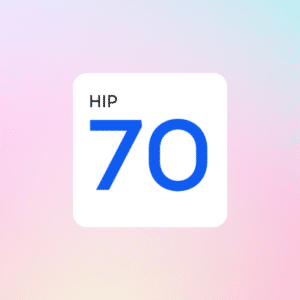
HIP 70 is the latest update to the Helium network that gives more rewards and features to individual Hotspot owners. In this article, we will
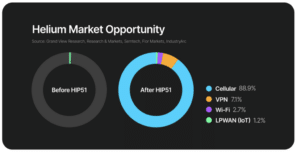
What is a DAO? DAO stands for decentralized autonomous organization, which means that ownership and decision-making are spread between each individual shareholder. Traditionally, the rules

It has been an exciting time at HotspotRF. We just got our very own bare metal server, codename Reaper, that holds our ETL! You can

We know it’s been a while since many of you have thought about Helium so we wanted to give you a quick update on what’s

You used the Helium Coverage Planner to find the best location, azimuth, height, and elevation to maximize your 5G coverage and rewards. You ordered your

Helium and T-Mobile have just announced that they have entered a five-year deal in which the companies will work together to provide people with a
HotspotRF: A staple in the Helium Community since 2021. Discover a full suite of Helium solutions, from 5G mining hardware to advanced IoT simulations and host matching services. Streamline your operations and increase your earnings with our expertly designed solutions.